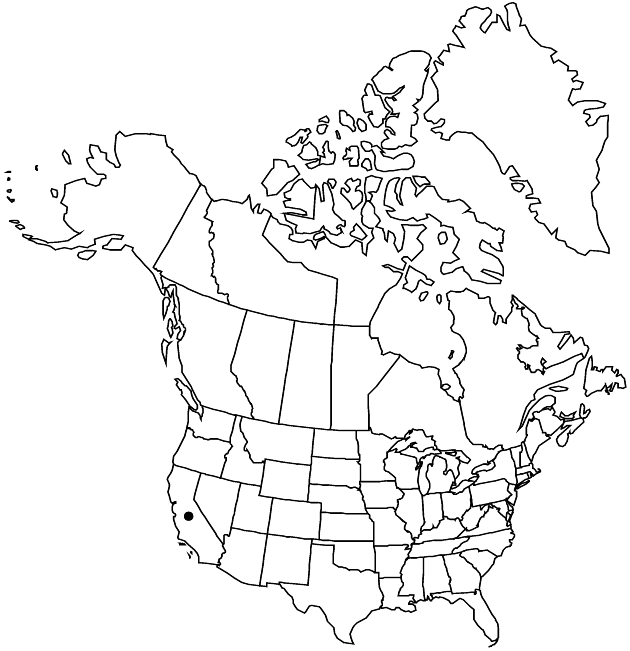Difference between revisions of "Eriophyllum lanatum var. obovatum"
Univ. Calif. Publ. Bot. 3: 186. 1907.
EndemicConservation concern
Basionym: Eriophyllum obovatum Greene Erythea 3: 123. 1895
FNA>Volume Importer |
imported>Volume Importer |
||
| Line 6: | Line 6: | ||
|place=3: 186. 1907 | |place=3: 186. 1907 | ||
|year=1907 | |year=1907 | ||
| + | }} | ||
| + | |special_status={{Treatment/ID/Special_status | ||
| + | |code=E | ||
| + | |label=Endemic | ||
| + | }}{{Treatment/ID/Special_status | ||
| + | |code=C | ||
| + | |label=Conservation concern | ||
}} | }} | ||
|basionyms={{Treatment/ID/Basionym | |basionyms={{Treatment/ID/Basionym | ||
| Line 52: | Line 59: | ||
|publication title=Univ. Calif. Publ. Bot. | |publication title=Univ. Calif. Publ. Bot. | ||
|publication year=1907 | |publication year=1907 | ||
| − | |special status= | + | |special status=Endemic;Conservation concern |
| − | |source xml=https:// | + | |source xml=https://bibilujan@bitbucket.org/aafc-mbb/fna-data-curation.git/src/bb6b7e3a7de7d3b7888a1ad48c7fd8f5c722d8d6/coarse_grained_fna_xml/V19-20-21/V21_901.xml |
|tribe=Asteraceae tribe Heliantheae | |tribe=Asteraceae tribe Heliantheae | ||
|subtribe=Asteraceae (tribe Heliantheae) subtribe Baeriinae | |subtribe=Asteraceae (tribe Heliantheae) subtribe Baeriinae | ||
Revision as of 22:03, 27 May 2020
Perennials (± taprooted). Proximal leaves alternate; blades oblanceolate, margins entire or coarsely serrate, plane, faces densely woolly. Heads borne singly or 2–3 per array. Peduncles mostly 4–10(–15) cm. Involucres 10–12 mm diam. Ray florets 10–13; laminae 6–7 mm. Cypselae 2.5–4 mm; pappi 0.4–1.2 mm. 2n =16.
Phenology: Flowering Jun–Jul.
Habitat: Conifer forests
Elevation: 1300–2500 m
Discussion
Of conservation concern.
Variety obovatum is known only from the Greenhorn and the San Bernardino mountains (M. Skinner and B. Pavlik 1994). It is apparently entirely diploid (J. S. Mooring 1975) and is suspected of forming natural hybrids with Eriophyllum confertiflorum (L. Constance 1937). The scarcely distinguishable var. lanceolatum is disjunct by 800 km northward.
Selected References
None.
Lower Taxa
None.
